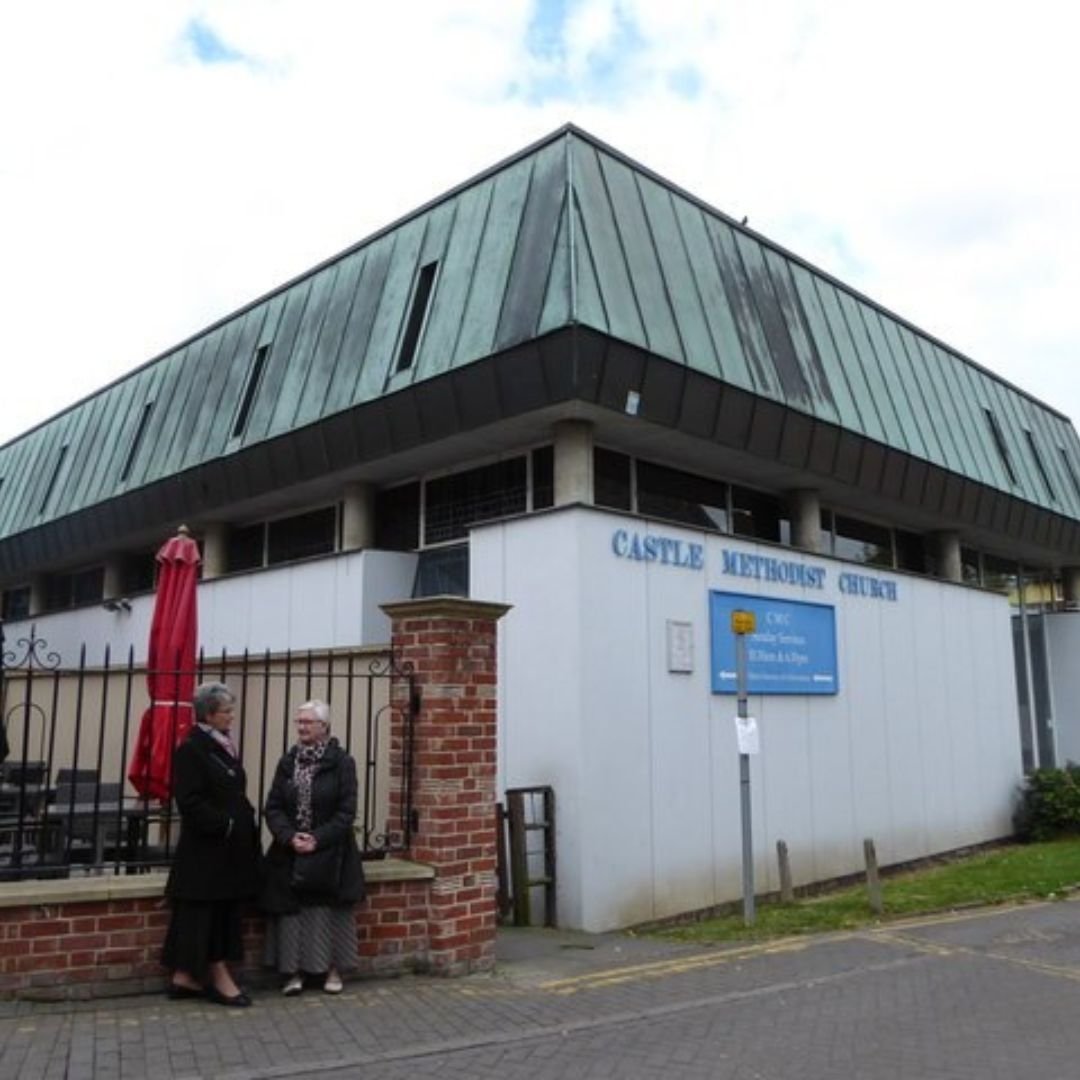The Gosbecks Mercury: Ancient Bronze Statue
The Colchester Mercury is one of the finest ancient bronze statues from Roman Britain, discovered by a farmer in Colchester.
Few complete bronzes have survived from Roman Britain, making this beautiful example even more exceptional.
The statue, dating to the 2nd century AD, can today be seen at Colchester Castle Museum.
The intricate detail and lifelike features of this depiction of the god of travellers, merchants, and thieves make it one of the finest Roman bronzes discovered in Britain.
It was unearthed in 1948 by a local farmer in the Gosbecks area of Colchester.
It's rumoured that the farmer’s daughter wheeled the statue around in a pram for years before it came to the attention of the museum!
The region is full of archaeological treasures, including remains of Roman walls, temples, villas, and roads that once connected this bustling city to the rest of Roman Britain.
Colchester, known as Camulodunum in Roman times, was one of the most significant Roman settlements in Britain, serving as the provincial capital.
The discovery of this statue highlights the town’s importance and the influence of Roman religion and culture in the area.
Mercury, the god of trade, travel, and communication, was widely revered in Roman Britain, symbolising prosperity and connection, essential traits for a bustling Roman city like Colchester.
The statue, which stands at about 12 inches tall, is intricately detailed, showing Mercury's characteristic symbols, a caduceus (staff entwined with two snakes) and a winged helmet.
The quality of the bronze work, with its lifelike proportions and fine detailing, indicates that it was likely commissioned by a wealthy citizen or crafted for a local temple dedicated to the god.
The Colchester Mercury is not just an example of religious worship in Roman Britain, but also a symbol of the close ties between Britain and the broader Roman Empire, with Colchester at the heart of this cultural and economic exchange.
Its discovery adds depth to our understanding of Roman life in Britain, particularly how Roman gods and their stories were embedded in everyday life on the frontier of the empire.
The site where the statue was found was near one of the most well-preserved Roman theatres in the country.
The Roman theatre at Colchester was an impressive structure, one of the largest in Roman Britain, with a capacity of around 3,000 spectators.
Built in the early 2nd century AD, the theatre was a hub for public entertainment and religious ceremonies, including performances of plays, music, and possibly gladiatorial contests.
Its semicircular design followed typical Roman architectural styles, with rows of stone seating for the public and an elevated stage for performers.
The theatre was located near the Temple of Claudius, one of the most significant Roman temples in Britain, dedicated to the deified Emperor Claudius, who led the Roman conquest of Britain in AD 43.
The proximity of these structures suggests that Colchester was not only an administrative and military centre but also a thriving cultural and religious hub where Roman gods like Mercury were worshipped and celebrated in grand style.
Today, visitors can view the Mercury statue up close at Colchester Museums - we highly recommend a visit!
If you enjoyed this blog post, please follow Exploring GB on Facebook for daily travel content and inspiration.
Don’t forget to check out our latest blog posts below!
Thank you for visiting Exploring GB.















